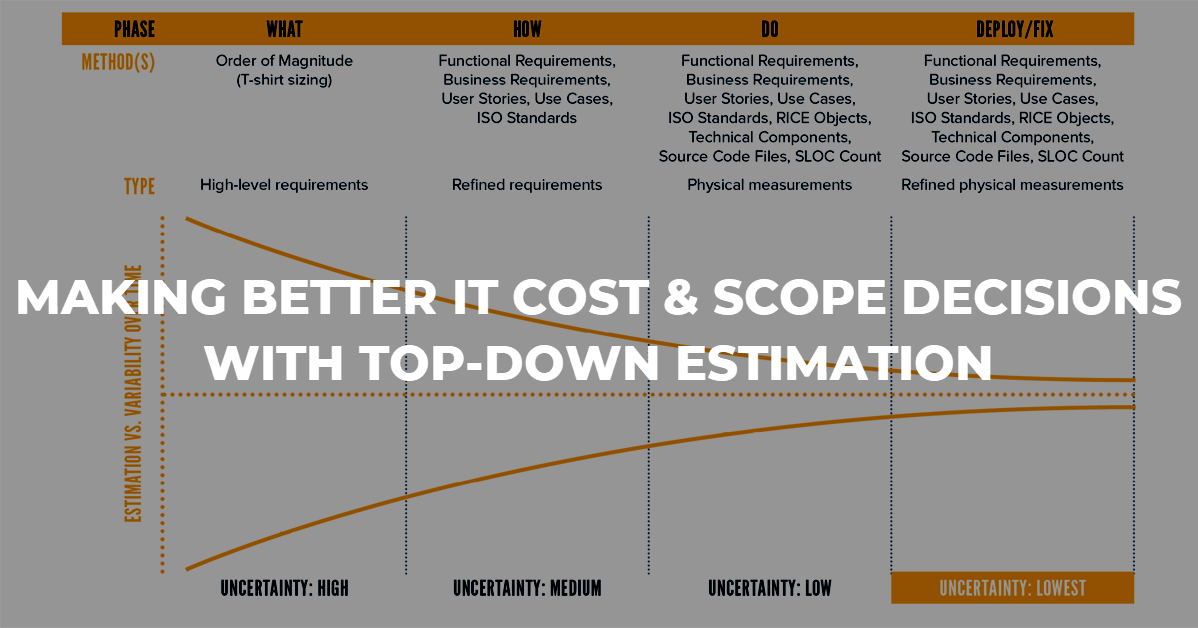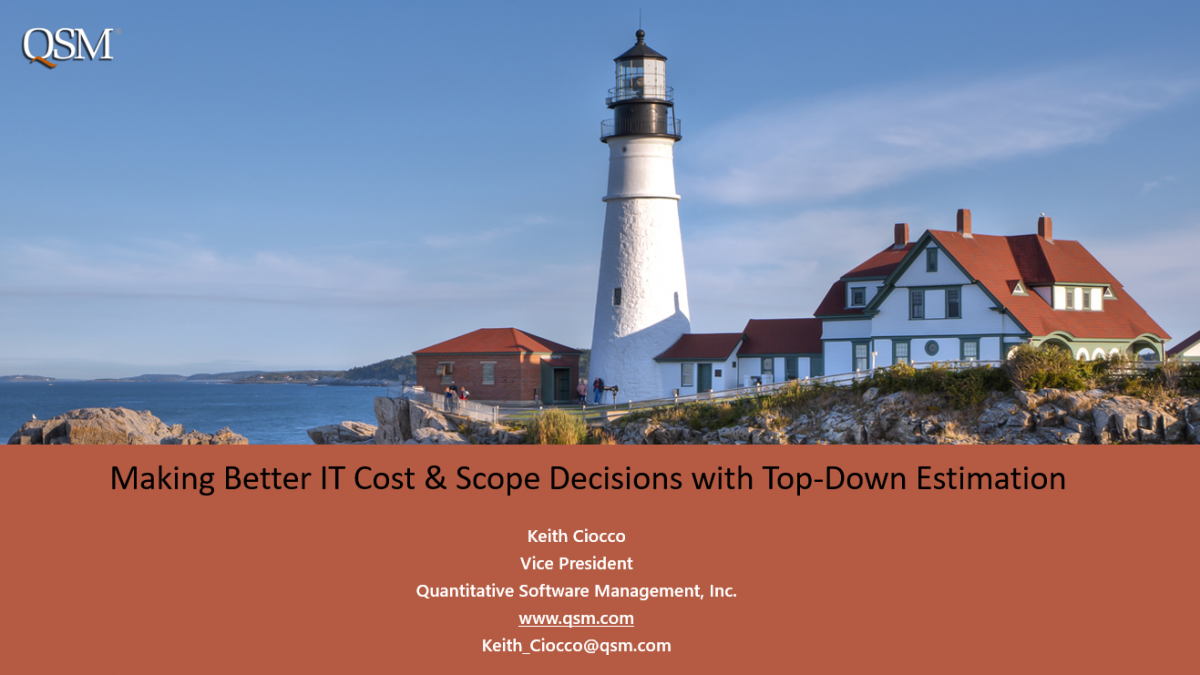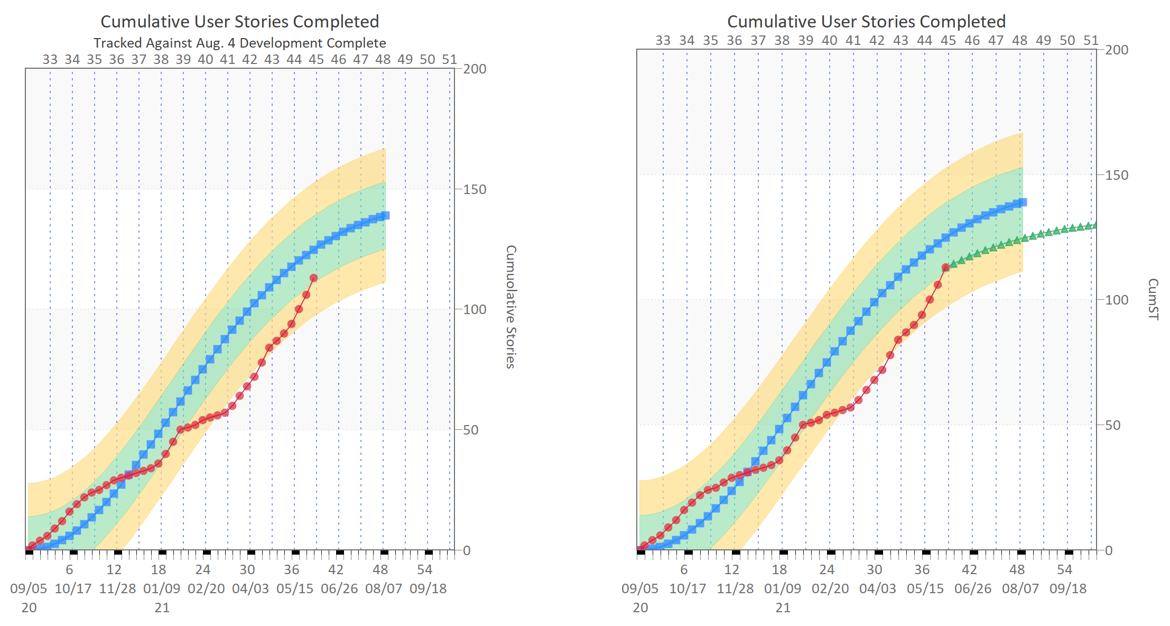What Do Software Estimation and the NFL Have in Common?
Football season is well underway, and as a loyal football fan I enjoy watching my team go through the highs and lows of wins and losses. Many of the weekly games come down to crucial plays where coaches must decide the plays to call. Coaches now more than ever are analyzed by what plays they called or how they managed the game. It’s interesting that these days you often hear of data driven decision making and what the analytics say. More and more, technology is playing a big role in our lives, including sports. Like so many industries, data-driven approaches are using models to determine “win probability”. The data is now being used to determine if a team will go for it on 4th down, punt, kick the extra point, go for a 2-point conversion, and even when to take time outs! This has changed how coaches manage the game. The analytics provide coaches the ability to make informed decisions and defend their actions based on data. Coaches can now make critical decisions with confidence. John Harbaugh (Baltimore Ravens Head Coach) is known to have an analyst in his ear during games feeding him probabilities.
What if you could do the same for your software delivery? QSM’s SLIM-Estimate tool leverages industry trends on similar projects along with your own historical data to provide valuable insight on potential cost and schedule outcomes. That’s like having your own personal analyst in your ear.





